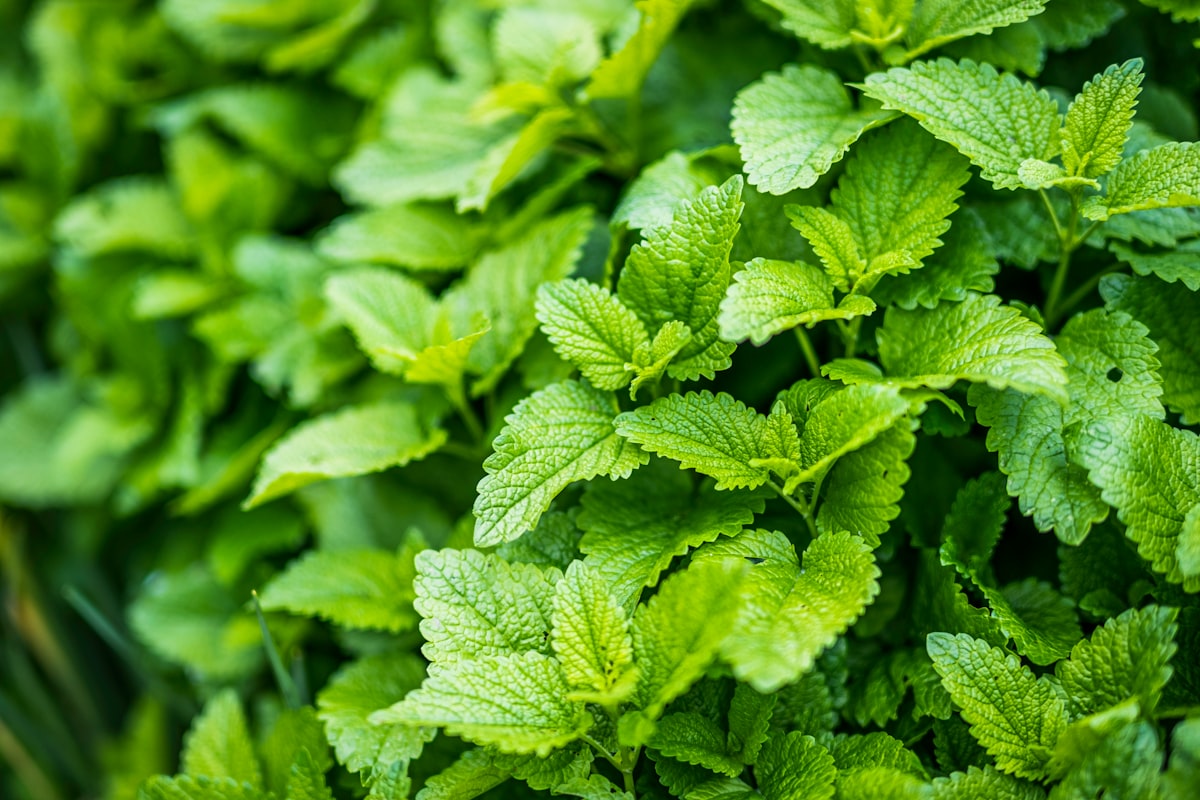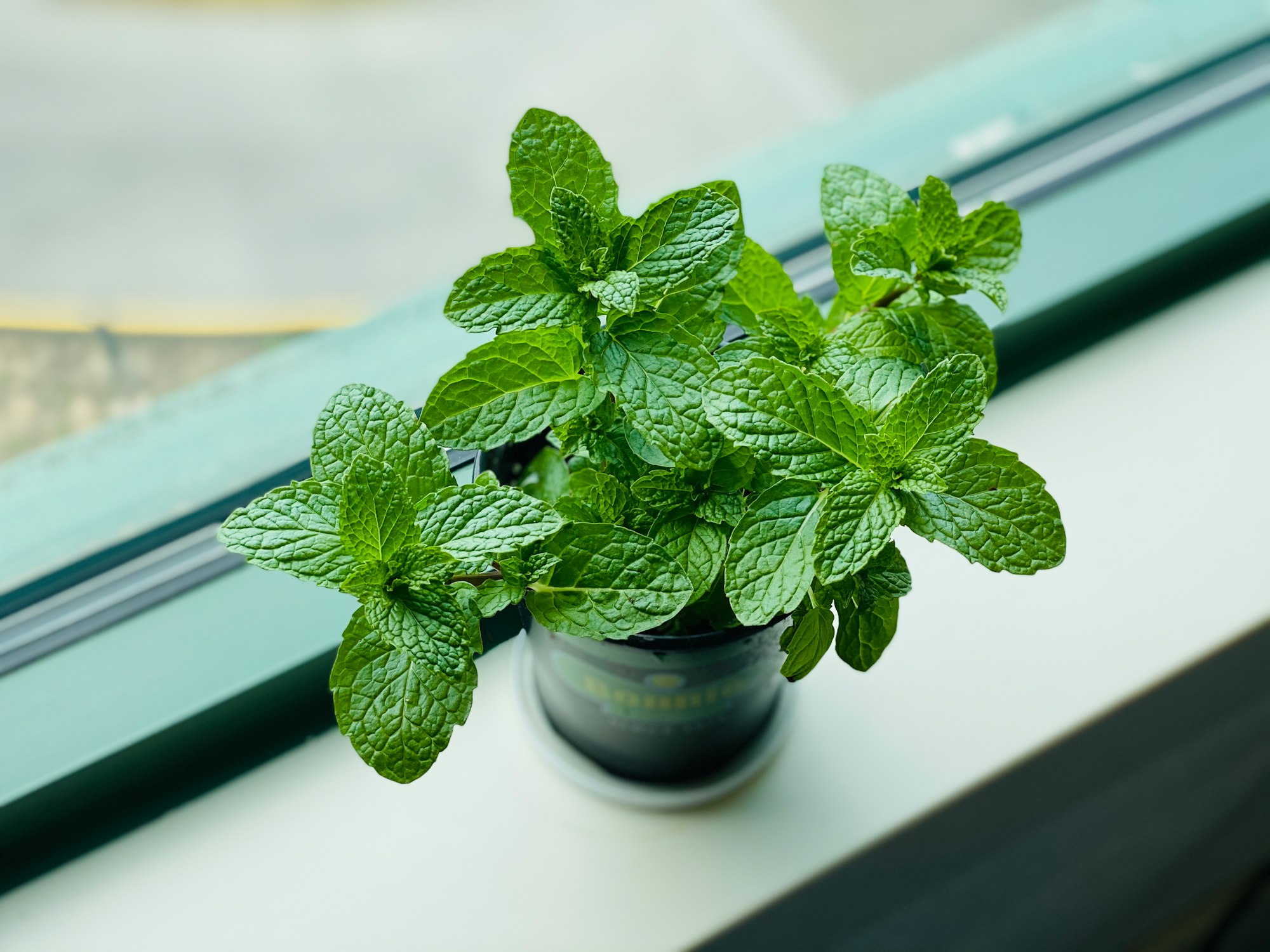How to Grow Mint
Mint is a versatile and popular herb known for its refreshing aroma and flavor. As a hardy perennial, it is relatively easy to grow and comes in various varieties, such as spearmint, peppermint, pineapple, orange bergamot, and apple mint.

Table of Contents
Growing mint in your garden requires some attention to prevent it from becoming invasive.
Opt for container gardening or growth-restricting methods to keep your mint plants thriving and contained.
This wonderful herb can be utilized in numerous culinary dishes, beverages, and medicinal purposes, making it a worthwhile addition to your garden.
About Mint Plants
Mint is a perennial herb known for its fresh and spicy scent, easily identifiable by its opposite leaves and square stem.
This vigorous grower thrives in full sun or part shade and adapts to various soil types, though it develops best in moist, well-drained soil enriched with compost.
Keeping the area around your mint plants weed-free in your garden is essential, as weeds can reduce yield and affect flavor.
There are several varieties of mint, such as spearmint, peppermint, pineapple mint, and orange bergamot, each offering its unique flavor and aroma.
Growing Mints
To start planting your mint, choose a location in your garden or a pot with well-drained soil. Mint thrives in both full sun and partial shade, so ensure it receives enough sunlight.
When planting outdoors, space your mint plants about 2 feet apart in moist soil.
Keep your potted mint in moistened potting mix, and consider containing the plant in a container to prevent it from spreading uncontrollably.
Remember to monitor the growth and trim your mint regularly so it stays healthy and neat.

Caring for Mint Plant
Sun and Temperature
Mint thrives in bright, indirect light, so place your plant near a window with plenty of natural light, but avoid direct sunlight.
It prefers temperatures between 65-70°F (18-21°C) and can tolerate part shade.
Water and Humidity
Keep the mint's soil consistently damp, but don't let it sit in standing water.
Water regularly, ensuring the soil doesn't dry out completely, and maintain a moderate humidity environment for optimal growth.
Soil
Select a well-draining potting mix with a slightly acidic to neutral pH level (6.0-7.0) to plant your mint.
Ensure the container has drainage holes to prevent root rot since mint prefers well-draining yet fertile soil.
Fertilizing
Fertilize your mint plant using a balanced liquid fertilizer or compost every 4-6 weeks during the growing season.
Be sure to follow the manufacturer's fertilizer dilution and application rate guidelines.
Pruning and Propagation
Prune your mint regularly to encourage bushier growth and remove dead or damaged leaves.
To propagate, take cuttings from healthy stems and place them in water or soil, where they will quickly develop roots and establish new plants.
Troubleshooting Plant Problems
Growing Problems
Mint plants may sometimes become leggy and thin or have slow, stunted growth. This is often due to insufficient sunlight, incorrect soil pH, or lack of nutrients.
Ensure your mint plants receive plenty of sunlight and are in well-draining, nutrient-rich soil with a pH between 6.0 and 7.0.
Pests and Diseases
Insect pests like aphids and spider mites can affect mint plants. To control these pests, use natural remedies like neem oil or insecticidal soap.
Diseases such as rust and powdery mildew are also common in mint plants.
Applying a fungicide designed for these issues can help prevent and treat diseases, but follow the product instructions carefully.
Companion Planting
Companion planting is a technique used to help certain plants grow better together by either repelling pests, attracting beneficial insects, or providing essential nutrients to the soil.
Planting mint with other plants can create an environment less conducive to pests and diseases.
Some companion plants for mint include tomatoes, peas, and cabbage, which can benefit from mint's ability to repel pests like aphids and other common garden insects.
Conclusion
Growing mint is a rewarding endeavor, as this versatile herb can be used in numerous culinary dishes and beverages.
You can ensure a thriving and healthy mint plant by choosing a suitable location, providing the right soil conditions, and keeping the plant contained.
Remember to monitor its growth, as mint can spread vigorously if not properly managed.
Following these steps, you'll enjoy bountiful harvests of this fragrant and flavorful herb in your garden.
Frequently Asked Questions
What is the best environment for growing mint?
Mint grows well in full sun or part shade. Ensure the plant has moist, well-drained soil that is enriched with compost.
Can mint be grown indoors successfully?
Yes, mint can be grown indoors successfully. Start transplanting a mint plant from a garden center and place it in a location with plenty of sunlight.
Does mint need a specific type of soil to thrive?
Mint can adapt to different soil types but thrives best in moist, well-drained soil enriched with compost.
How often should I water my mint plants?
Keep the soil consistently moist for proper growth. Watering frequency depends on soil type and climate, but make sure the soil never dries completely.
When do mint plants typically flower?
Mint plants usually flower in late spring or early summer. The exact time may vary depending on the mint variety and local climate.
Is it necessary to prune mint plants for healthy growth?
Pruning mint plants helps maintain their shape and promotes healthy growth. Regularly trim the tips to encourage bushiness and prevent the plant from becoming too leggy.


